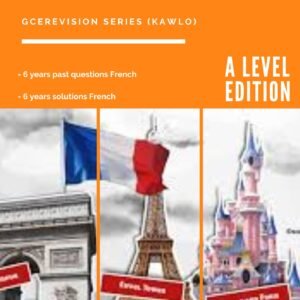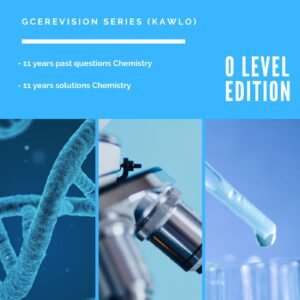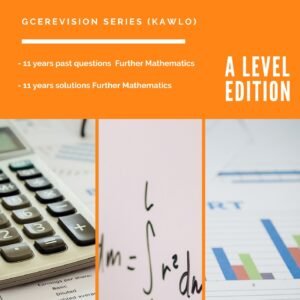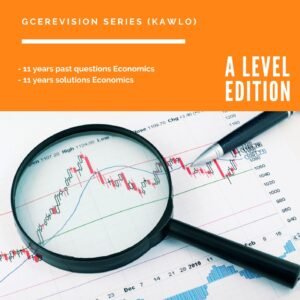speciation natural selection mutation Lamark’s theory of “Use and disuse”
The creation of new species is known as speciation and may result from natural selection, mutation or from Lamark’s theory of “Use and disuse”
In natural selection
- Organisms produce far more offspring that they can survive given the limited natural resources
- Individuals within a population vary
- These variation result from inherited characteristics
- Some of these variations may render the organism either more adapted or less adapter to its environment.
- Individuals with characteristics that make them more adapted to the environment survive the struggle for existence, grow and attain reproductive maturity and thus pass on their genes to their progeny
- Individuals that possess disadvantageous characteristics die before sexual maturity and therefore fail to pass on their genes to their progeny (1 x 6 marks)
Mutation
- Mutations result in random changes in the amount or chemical nature of DNA (genetic Material) in an organism
- Individual that carries advantageous mutations will be selected for whereas those with disadvantageous mutation will be selected again (1 x 2 = 2 marks)
According to Landmark
- Internal forces within organisms tend to be the determine factor of the extend to which the organs and the organisms grow
- Each organ is formed at least partly as a matter of feed or want
- Continual use of an organ leads to continuous development until development while lack of use leads to diminution until it completely disappears
- This theory was criticized based on the fact that changes which occurred in the organism in the course of life were not transmitted to the offspring (1 x 4 = 4 marks) (total = 20 marks)














